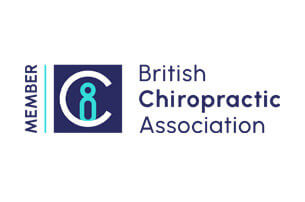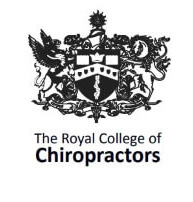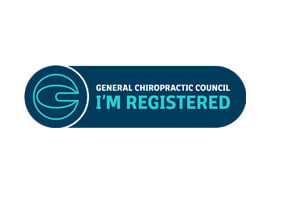 Plantar fasciitis is pain around the bottom of the foot, which can spread over the arch and heel. This is due to strain and inflammation of the ‘plantar fascia’ which is the name given to a band of tissue that connects the heel to the toes. The plantar fascia tissue is important for supporting the arch of the foot. It gives the foot stability and helps the toe to extend when you walk.
Plantar fasciitis is pain around the bottom of the foot, which can spread over the arch and heel. This is due to strain and inflammation of the ‘plantar fascia’ which is the name given to a band of tissue that connects the heel to the toes. The plantar fascia tissue is important for supporting the arch of the foot. It gives the foot stability and helps the toe to extend when you walk.
What causes inflammation of the plantar fascia?
The cause isn’t always very well understood. But it is thought that excessive strain or overuse of the plantar tissue causes chronic irritation. This can cause degeneration and pain. In very long-term cases, it may cause heel spurs. A heel spur is a bony growth that forms on the heel bone. Most people don’t realise they have a heel spur.
Who is most at risk?
Plantar fasciitis is one of the most common overuse injuries in athletes, and particularly in runners. It is also very common in non-active women. Factors that may contribute to plantar fascia pain include: improper footwear, prolonged standing, lower leg muscular imbalances which cause the foot to work harder, ageing and obesity.
Common signs and symptoms
- Pain that lasts for several days around the bottom of the foot, heel and arch
- Uncertain cause of onset. Usually trauma is not a cause. Sometimes shoe or training changes can be causative.
- Tired, achy feet or cramping in the feet
- Pain increases with standing, walking or running. Can improve as activity continues and then worsen again at the end of the day
- Worse after a period of rest. Typically, patients will comment that first thing in the morning when they stand up from bed is especially painful. This often eases within 5 minutes of walking
Sometimes plantar fasciitis can be confused with other foot conditions, and it may be best to seek advice for a correct diagnosis. Correct diagnosis is important because you can be sure you are taking the right steps to recover!
How can you manage plantar pain?
- Rest – moderating activity will reduce overuse of inflamed tissue
- Ice – reduces inflammation and helps with pain
- Chiropractic treatment. The chiropractor can work to reduce muscular tightness around the foot, ankle and lower leg.
- Orthotic shoe inserts – using donut pads over the heel or seeking advice about arch support may relieve pressure on the foot
- Weight loss
How long will it take to get better?
In acute cases (pain present for 6 weeks, or less), pain should improve within 1-2 weeks of trying a combination of the above suggestions. In chronic cases (pain that has lasted 6 weeks or more), patients are often slower to respond but, conservative management is still often recommended as the first line of care. Conservative care refers to non-invasive or surgical methods.



